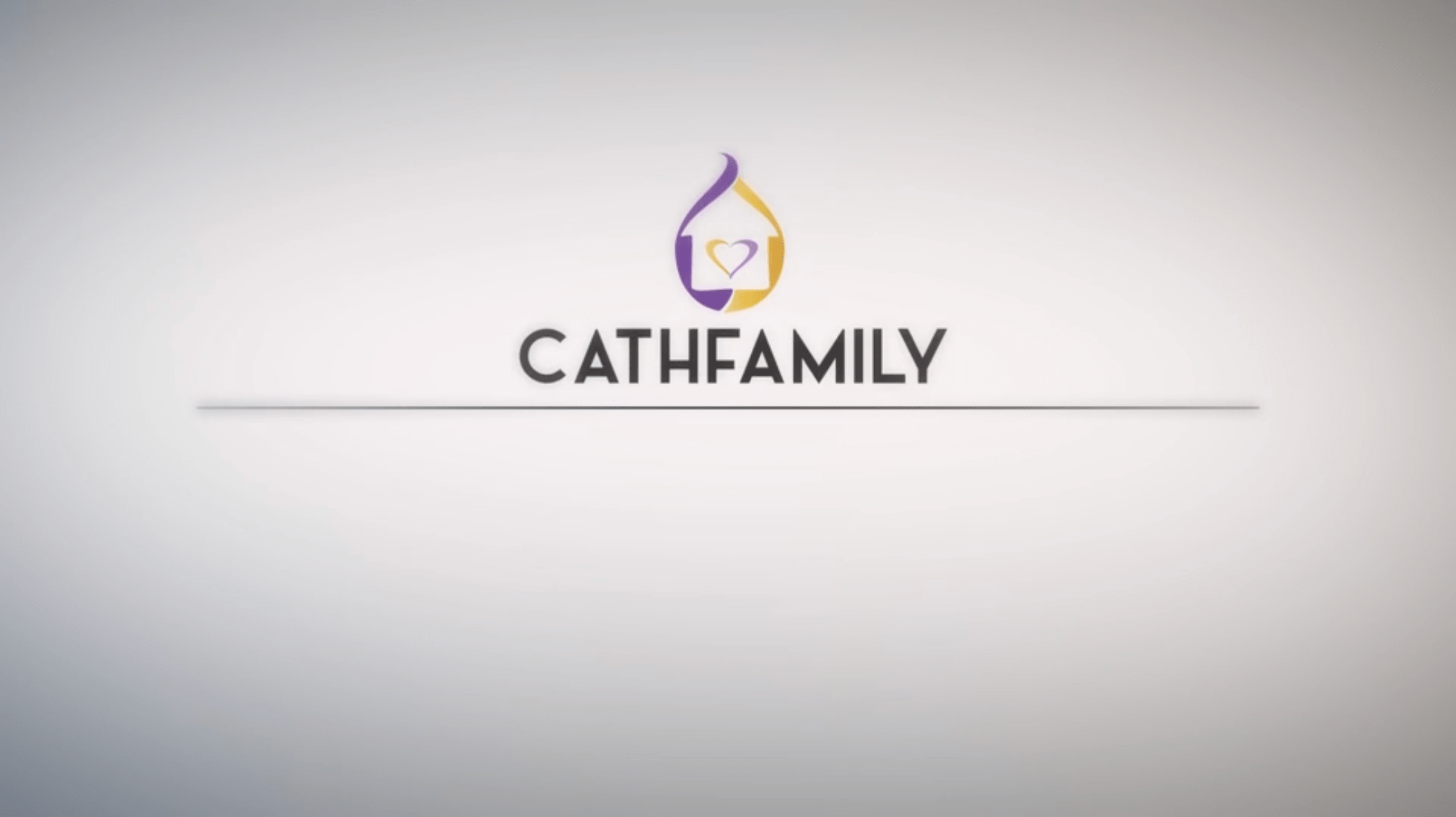Understanding the Trinity

The Feast of the Trinity always follows on the Sunday after Pentecost and represents a central belief of our faith. While there are three distinct and individual divine persons, they are so deeply bonded by their love for each other that they operate with one mind and heart.
We often refer to the ‘mystery’ of the Trinity for good reason; it is simply beyond our human capacity to fully understand it. Typically when we try to describe something new, complex or mindboggling, we resort to analogies.
Analogies help us to visualise the subject and so give us a foothold on the topic, but they are always inadequate as they do not provide the complete picture. One analogy used throughout scripture to describe the nature of God as Trinity is the love between a married couple; a point well made by the writings of Pope John Paul II.
Marriage is a life-giving union. It is a union of more than just two lives, or even the physical union of spouses; it also includes a spiritual union of two souls. Like the Trinity, married love is both intimate and generative; that is it has a life giving energy that goes beyond the individuals, enriching husband and wife, their children and their wider community. While married love is an imperfect analogy, it goes some way to characterising our understanding of the Trinity, a complete union of three divine ‘persons’ in perfect love; a love so generative that it ‘renews the face of the earth’.
While this is a helpful analogy for adults, it is not so useful with younger children. One of the best ways to help children grasp the concept of the Trinity is to ‘teach by doing’. For example, the Sign of the Cross is a simple Trinity prayer that can be a powerful catechesis on the nature of God. We’ve used the ‘Trinity Prayer’ in many circumstances to enhance our relationship with God as Father, Son and Spirit. Inspired by the Daily Examin of St Ignatius, in three simple steps it leads us to reflect on the gifts and challenges of our day within a Trinitarian context. Try it next time you are looking for something different in your own or your family’s prayer life.
The Trinity Prayer
Make the Sign of the Cross
Step One: Prayers of Praise and Thanks to the Father.
The Father is the author of Creation and all good things in our lives originate in him. For maximum impact, focus on the specific details of your day when offering praise and thanks, and address your prayer to your Father in Heaven.
Step Two: Prayers of Sorrow to Jesus.
It was Jesus who suffered and died so that we might be saved. Our failure to love not only wounds the one we hurt, it wounds the whole body of Christ. Like making a confession, people often find this a difficult prayer to voice out loud. However it is doubly powerful when we do so, as, in seeking the forgiveness of Jesus, we also seek the forgiveness of those closest to us.
Step Three: Prayers of Petition to the Holy Spirit.
The Holy Spirit is the source of life-giving energy and grace in the world. When making this prayer, think of specific spiritual strengths (or graces) that will help you love better. For example, courage to apologise, perseverance in a difficult task, kindness towards someone you dislike, compassion for someone who hurt you.
Finally, pray the Glory Be, (or for an even grander ending, The Gloria!).
